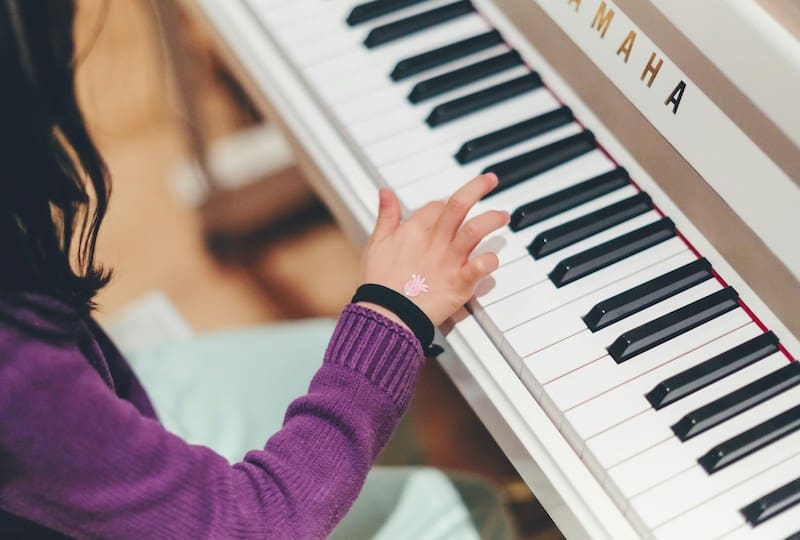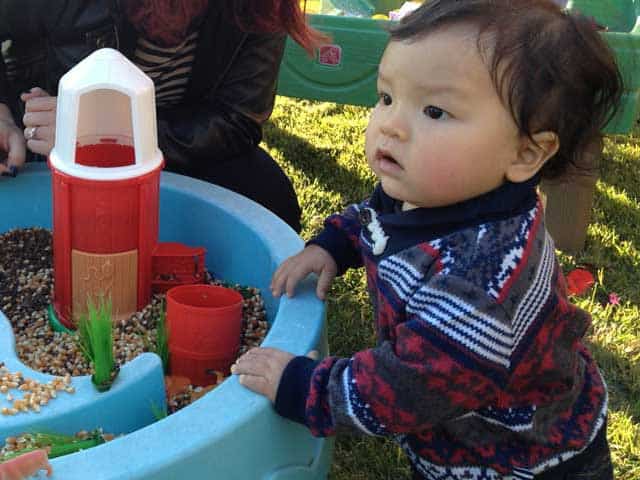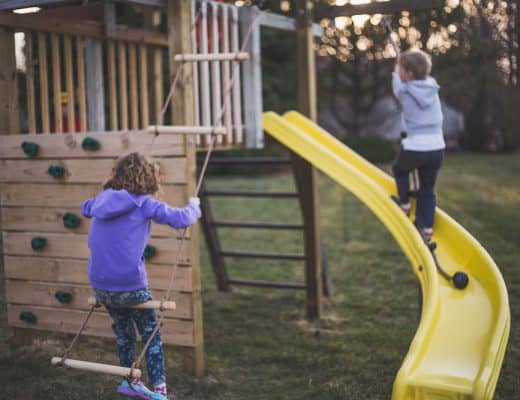Do you have a budding musician in your household? Creating a DIY music station for kids can be a fun and engaging way to nurture their love for music while also promoting their overall development.

Let’s explore the importance of music for kids, the benefits of incorporating music in their daily lives, and provide you with a step-by-step guide on how to create a music station tailored to your child’s age and interests.
Understanding the Importance of Music for Kids
Music plays a significant role in a child’s development, impacting various areas of their lives. Not only does it stimulate their auditory senses, but it also enhances their cognitive abilities. Research has shown that children who are exposed to music from an early age tend to have improved language skills, better spatial reasoning, and enhanced mathematical abilities.
Furthermore, music helps children express themselves creatively and emotionally. It becomes a medium through which they can communicate their thoughts and feelings, promoting self-awareness and emotional intelligence.
But let’s dive deeper into the benefits of music in child development. There are numerous ways in which music positively impacts children:
Benefits of Music in Child Development
1. Language Development: Listening to and singing along with music can help children develop their language skills, including vocabulary, pronunciation, and sentence structure. When children sing songs, they learn new words and phrases, improving their overall communication abilities.
2. Cognitive Skills: Engaging with music activates various parts of the brain, which strengthens cognitive abilities such as memory, attention, and problem-solving. Learning to play an instrument, for example, requires focus, coordination, and the ability to read musical notation, all of which contribute to a child’s cognitive development.
3. Social Skills: Music often involves group activities such as singing in a choir or participating in a band. This fosters collaboration, teamwork, and communication skills. Working together with other children towards a common musical goal not only enhances their musical abilities but also teaches them valuable social skills that can be applied in various aspects of life.
4. Emotional Expression: Music can serve as an outlet for children to express their emotions and cope with challenging feelings in a safe and creative manner. Whether it’s through singing, dancing, or playing an instrument, children can channel their emotions into their musical expressions, helping them understand and manage their feelings.
Encouraging Musical Exploration in Kids
It’s essential to encourage your child to explore music in various ways. By exposing them to different genres, instruments, and musical activities, you allow them to discover their interests and develop a diverse musical palette.
Encourage your child to participate in music classes or join a community music program. These environments provide structured learning opportunities and the chance to interact with other children who share similar interests – a perfect way to foster a love for music.
Additionally, consider incorporating music into your child’s daily routine. Play different genres of music during meals, car rides, or playtime. This exposure to a variety of musical styles will broaden their musical horizons and help them develop a deeper appreciation for music.
Furthermore, provide your child with access to musical instruments. Even if they don’t take formal lessons, having instruments available at home allows them to experiment and explore their musical curiosity. Who knows, they might discover a hidden talent or develop a lifelong passion for playing an instrument!
Gathering Your DIY Music Station Materials
Now that you understand the importance of music for children, it’s time to gather the materials for your DIY music station. Here are some key considerations:
Creating a DIY music station for your child can be a fun and rewarding experience. Not only does it provide a creative outlet for your little one, but it also helps in their cognitive and emotional development. By engaging with different musical instruments and sounds, children can enhance their sensory skills and improve their coordination.
Choosing the Right Instruments for Your Child’s Age
The instruments you choose should be age-appropriate and safe for your child to use. For younger children, consider instruments such as maracas, tambourines, or xylophones. These instruments are not only easy to handle but also help in developing your child’s sense of rhythm and melody. As they grow older, you can introduce more complex instruments like keyboards, guitars, or drums, allowing them to explore different sounds and tones.
It’s essential to consider your child’s interests and abilities when selecting instruments for the music station. Encouraging them to experiment with various sounds and rhythms can spark their creativity and passion for music. Remember to check for any choking hazards or sharp edges before purchasing instruments for your child, ensuring a safe and enjoyable musical experience.
Safety Considerations for DIY Music Stations
When setting up your music station, safety should be a top priority. Ensure that all instruments and materials are child-friendly and free from any potential hazards. Regularly inspect the instruments for any wear and tear, and replace them if necessary to prevent any accidents. Additionally, create a dedicated space for the music station that is well-lit, comfortable, and easily accessible to your child. By establishing a safe and inviting environment, you can encourage your child to explore the world of music confidently and joyfully.
Step-by-Step Guide to Building Your Music Station
Now that you have all the necessary materials and safety considerations in mind, it’s time to build your DIY music station. Follow these steps to create a fun and engaging space for your child:
Selecting the Perfect Location
Choose an area in your home that is spacious enough to accommodate the music station. It could be a corner of your child’s bedroom, a playroom, or even a designated area in your living room. Make sure the location allows for easy movement and exploration.
Assembling the Music Station
Arrange the instruments and materials in an organized manner. Consider using shelves, hooks, or storage bins to keep everything easily accessible for your child. You can also add visuals such as music posters or themed decorations to make the space more inviting.
Tips for Making the Music Station Engaging
To keep your child engaged and excited about their music station, consider implementing the following tips:
Incorporating Colors and Themes
Add vibrant colors and playful themes to the music station. This visual stimulation can make the space more appealing and inspire your child’s creativity. Consider using colorful instrument cases or musical-themed artworks as decorative elements.
Rotating Instruments for Continued Interest
Encourage your child to explore different instruments by periodically rotating them. This not only keeps the music station fresh and exciting, but it also allows your child to discover new sounds and develop a broader musical repertoire.
Teaching Your Kids to Use the Music Station
Now that your DIY music station is fully assembled and engaging, it’s time to teach your child how to make the most of it.
Introducing Your Child to Different Instruments
Start by introducing your child to each instrument in the music station. Teach them about the unique sounds each instrument produces, demonstrate how to play basic tunes, and encourage them to explore the instruments’ capabilities on their own.
Encouraging Free Play and Creativity
Allow your child to freely explore the music station and express their creativity. Give them the freedom to experiment with different sounds, rhythms, and melodies. This free play fosters self-expression and helps your child develop their unique musical style.
In conclusion, creating a DIY music station for kids is a wonderful way to introduce them to the world of music, nurture their creativity, and promote their overall development. By understanding the importance of music, gathering the right materials, and providing a safe and engaging space, you can create a music station that will inspire your child’s love for music for years to come.



